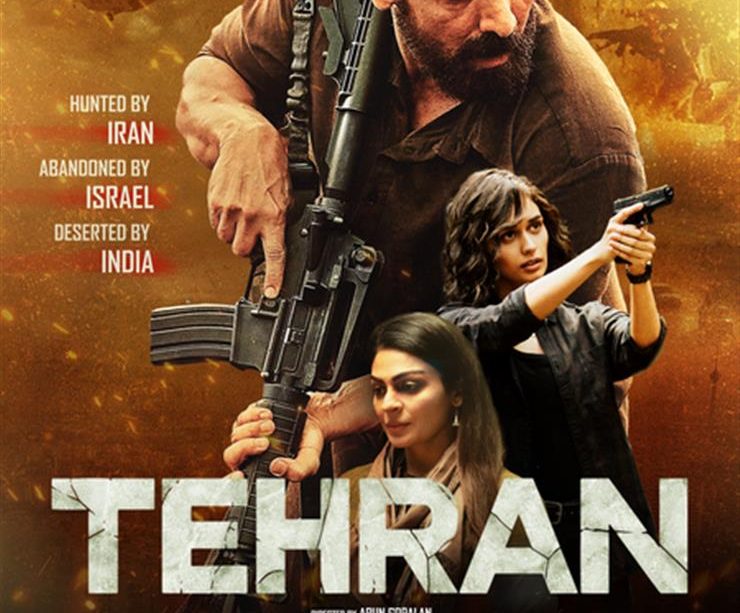Exploring the Tehran Movie: Significance and Impact

Introduction
The Iranian film scene has garnered increasing global attention over the years, with movies that not only entertain but also shed light on the complex socio-political landscape of the country. One such noteworthy film is “Tehran”, which has recently made waves in international cinema. The importance of films like Tehran lies in their ability to bridge cultural gaps, providing insights into Iranian society, politics, and the everyday life of its people. As viewers around the world seek authentic stories that resonate with universal human experiences, Tehran serves as a poignant example of such a narrative.
About the Movie
“Tehran” is directed by a talented filmmaker whose previous works have been recognized in various film festivals. The movie unfolds in a city that is at once bustling and somber, capturing the essence of Iranian life through the eyes of its protagonists. The plot centers on a gripping narrative involving familial ties, struggles for freedom, and the often-overlooked realities of urban living in Iran.
The film’s cinematography showcases the vibrant streets of Tehran, contrasting them with the stark realities faced by its residents. It explores themes of conflict, hope, and resilience, making it not only a visual treat but also an emotional journey that resonates with audiences.
Cultural and Political Significance
The cultural significance of “Tehran” is profound. It gives viewers an opportunity to witness the Iranian cultural spectrum—traditions, struggles, and aspirations—unfiltered by western biases. By portraying relatable characters trapped in their socio-political circumstances, the film invites viewers to empathize rather than judge.
Moreover, the political undertones of the movie reflect the ongoing issues that Iran faces both internally and on the global stage. The delicate balance of presenting these realities without falling into propaganda is a challenge the filmmakers have navigated skillfully. The film’s reception at various international festivals indicates a growing interest in narratives that speak to the intricacies of Iranian identity.
Conclusion
As we continue to explore diverse global narratives, movies like Tehran remind us of the power of film as a medium for cultural exchange and dialogue. They challenge stereotypes and foster understanding, which is crucial in our increasingly interconnected world. With the Iranian film industry on the rise and gaining recognition, it is likely that Tehran will pave the way for more such films, highlighting the richness of Iranian art and the stories waiting to be told. For viewers, engaging with these films is not just about entertainment; it is an invitation to broaden one’s horizons and appreciate the complex tapestry of human experiences.









